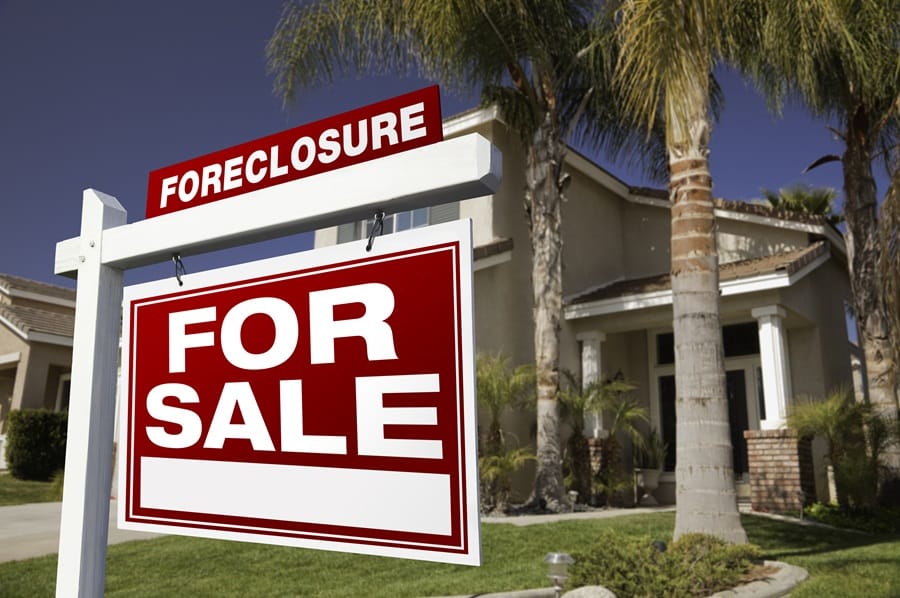Across the United States, various states are witnessing notable declines in home prices amidst an unexpected housing surplus. This trend, influenced by many economic, demographic, and regulatory factors, presents challenges and opportunities within the housing market. This article delves into specific states, from Florida to Texas, detailing the current conditions and implications of falling home prices in each. By understanding these dynamics, potential buyers, investors, and policymakers can better navigate the evolving landscape of the American real estate market.
Texas

Texas, known for its robust economy and steady population growth, is also seeing variations in its housing market. Cities like Dallas and Houston, once booming with new developments, are starting to experience price stagnation and declines. This shift is largely due to an oversupply of homes built for continued population growth, which has not materialized at expected rates. The market’s cooling presents a buyer-friendly environment but introduces uncertainties for sellers and developers.
The outlook for Texas’ housing market remains cautiously optimistic, with experts predicting a possible balance out as supply gradually aligns with demand. However, the state’s economy may feel the pinch in the short term, particularly in the construction and real estate sectors that had previously enjoyed sustained growth. The current scenario could be advantageous for prospective homeowners, providing more options at lower prices, though caution is advised due to potential further declines.
Florida

Both internal and external migration patterns uniquely influence Florida’s housing market dynamics. With a significant influx of residents from higher-cost states, certain areas initially saw skyrocketing home prices. However, as the influx stabilizes and the market contends with a surplus of newly built homes, prices are dropping. This shift is particularly noticeable in metropolitan areas like Miami and Orlando, where speculative buying had dramatically inflated home values.
This decrease in housing prices affects Florida’s demographic trends, with fewer out-of-state buyers entering the market and some residents choosing to cash out and move to less populated areas. The state’s economy, heavily reliant on real estate and construction, is navigating these changes with mixed outcomes. On the one hand, lower prices may attract new residents looking for affordable homes; on the other, the surplus may lead to a longer-term market correction that could impact overall economic health.
Arizona

Arizona’s market is feeling the effects of environmental and economic pressures. Cities like Phoenix and Tucson, popular for their warm climates and relatively affordable living costs, have faced an influx of new constructions. This has led to a glut in the market, driving prices down as supply overshadows demand. The situation is compounded by increasing temperatures and water scarcity issues, which are starting to deter potential residents concerned about long-term sustainability.
From a buyer’s perspective, Arizona offers attractive opportunities due to lower prices, but these come with risks related to environmental sustainability. Investors and homeowners are increasingly factoring in climate resilience in their property evaluations, affecting overall market sentiment. As a result, the state’s real estate market is in flux, with future prices likely influenced by both human and natural factors.
Nevada

Nevada, especially Las Vegas, has traditionally relied on its bustling entertainment and tourism industries to fuel housing demand. However, recent economic diversification efforts and an oversupply in the housing market have led to a noticeable decrease in home prices. This decline is partly due to a slowdown in population growth and changes in consumer preferences, with more people seeking homes in less densely populated areas post-pandemic.
Las Vegas’s housing market is particularly volatile, with high rates of foreclosure and shifts in tourist patterns impacting residential demand. While current homeowners may struggle with depreciating values, potential buyers could find good deals. The state’s economy is watching closely, as the housing market’s health is a crucial indicator of broader economic trends, particularly as Nevada continues to diversify beyond entertainment and tourism.
Illinois

In Illinois, the contrast between urban and rural housing markets is stark. With its high property taxes and economic challenges, Chicago has seen a dip in home prices due to a surplus of available properties and dwindling demand. Rural areas face different challenges, including population decline and limited economic opportunities, which depress home prices. Demographic shifts and a slow economic recovery exacerbate the market’s downturn in Chicago. This leads to a buyers’ market where choices are plentiful, but long-term investment returns are uncertain.
The broader implications for Illinois are significant. As the state grapples with fiscal instability and outward migration, the housing market’s decline could further strain local economies, particularly in areas reliant on property taxes to fund public services. Homeowners in high-tax regions are increasingly incentivized to relocate to more tax-friendly areas, creating a cycle of declining property values and diminishing local revenues. This situation poses a complex challenge for policymakers aiming to stabilize the market and attract new residents.
Washington

Washington State, particularly Seattle, is experiencing fluctuations in its housing market largely due to the impact of the tech sector. As tech companies continue to drive population growth and housing demand, the market has faced periods of both sharp increases and recent declines in home prices. The current downturn is attributed to a combination of tech industry volatility and an increase in housing developments, leading to a temporary surplus.
Looking ahead, Seattle’s housing market is expected to stabilize as the tech industry finds its footing and continues attracting workers. However, the broader market in Washington may see varying trends, with areas less influenced by tech experiencing different dynamics. The state’s future will hinge on its ability to manage these economic forces effectively, ensuring that growth in the tech sector translates into sustainable benefits for the housing market and overall economic health.
California

In California, the housing market is experiencing a significant downturn. Despite its reputation for high real estate prices, areas across the state, particularly in major cities like San Francisco and Los Angeles, have seen a demand reduction. This is attributed to high construction rates that outpaced demand during the pandemic and the exodus of residents seeking more affordable living elsewhere. As prices drop, the market adjusts, creating new opportunities for first-time homebuyers previously priced out.
However, the economic implications of these price adjustments are profound. Homeowners who purchased properties at peak prices face potential negative equity, while local economies may suffer from reduced property tax revenues, impacting public services. Real estate investors are also reevaluating their portfolios, considering whether to hold onto their assets or sell in a declining market. This recalibration of the housing sector is pivotal for California’s overall economic stability.
Invest In Your Future Home Today!
The falling home prices amid a housing surplus impact states across the U.S. and are uniquely influenced by local economic conditions, demographic shifts, and national trends. Each state discussed represents a specific aspect of this broader issue, from California’s overbuilding to Washington’s tech-driven market fluctuations. For stakeholders, from buyers and sellers to policymakers, understanding these dynamics is crucial as they navigate the challenges and opportunities the current real estate landscape presents. Adapting to changing conditions will be key to leveraging potential advantages and mitigating risks as the market evolves.


